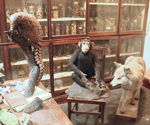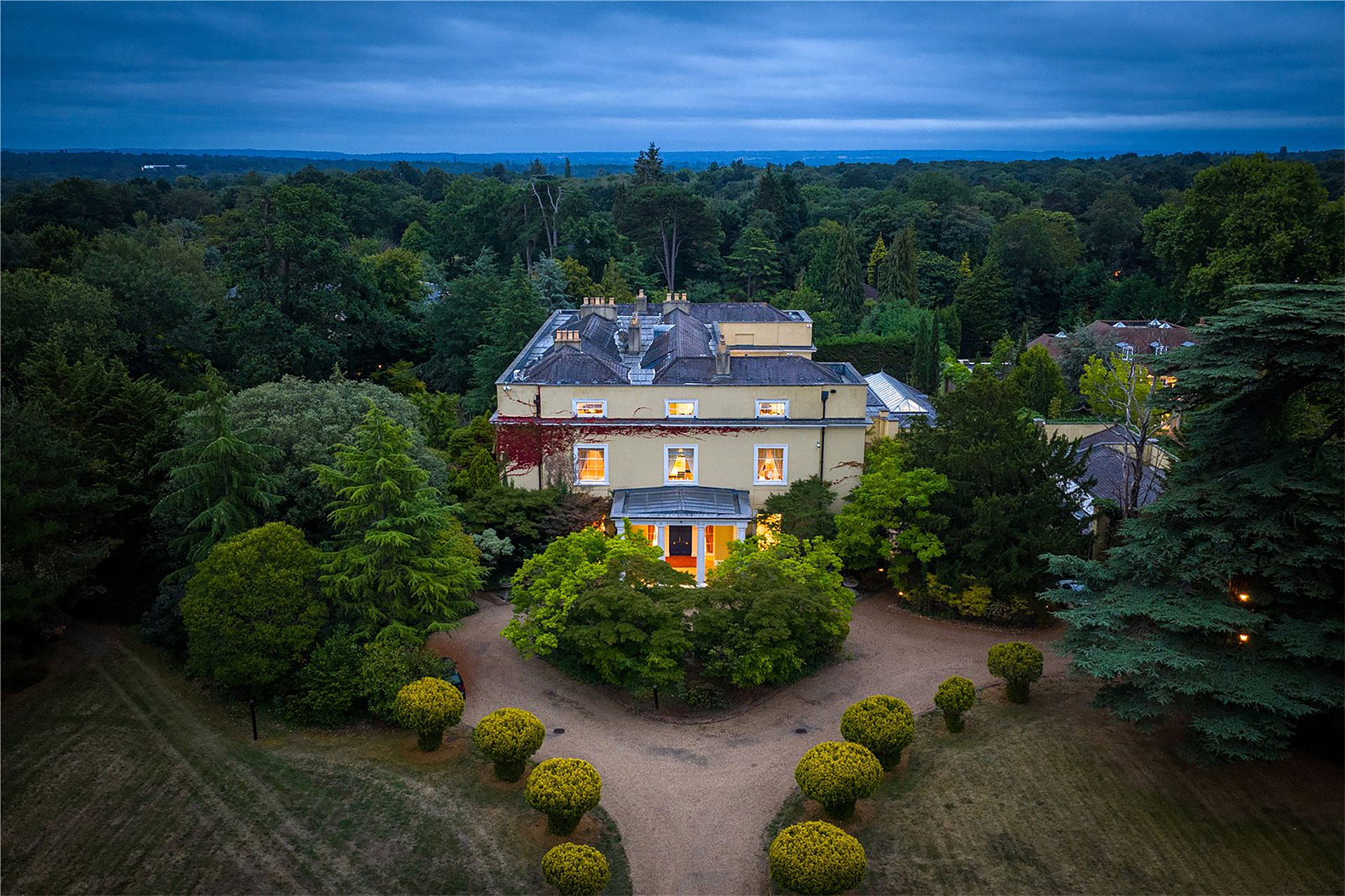Guide to Warrington Museum
One of Britain's earliest municipal museums in Warrington is a veritable unreconstructed Victorian wonder house


Warrington Museum is a veritable unreconstructed Victorian wonder house, such as Kipling's Kim might truly marvel at. One of the earliest purpose-built municipal museums in the country, it was founded in 1848 with the collections of the Warrington Natural History Society, and moved to its present building in 1857. As it celebrates its century and a half, it remains largely untouched by the ravages of time. Original glass cabinets lining galleried rooms are crammed with the kinds of objects people of all ages love to gawk at. No need here to lay on 'activities' on wet Saturday afternoons for bored children too doped by television to think up anything more exciting to do than stealing pens off the clipboards as they fill in 'worksheets'.
Clipboards and worksheets are, perhaps inevitably, in evidence, but so too are the genuine gasps of horror and astonishment that fill the air as visitors contemplate the mumimified hand, shrunken skulls, fake mermaid carcasses from Japan (human heads stuck onto the bodies of big fish), rhinocerous-bone ornaments and implements. These are jam-packed in with collections of fish hooks from the Gilbert Islands, Samoa and Tahiti, stuffed fish aplenty, a hide scraper made from the pelvis of a kangaroo 'used for dressing skins' in West Victoria, a jew's harp 'used in love-making' from New Guinea, and various shapes and sizes of woomera and bullroarer, with faded explanations to intrigue and thrill. Stories abound.
There is a cursed head reputedly given to the museum by a ship's captain who thought it gave him bad luck. On his way to hand it over, he fell and broke both his legs, and the person then entrusted to deliver the object suffered a similar fate. Shortly after the head arrived at the museum, the director had a nasty accident. In 1965, two of the museum's staff moved the head, and later that day were both injured in a car crash. Earlier this year, apparently, a new manager at the museum refused to believe the curse and moved the head. Shortly afterwards, a lorry reversed into his car on the way to work. Today, the object sits grinning from its glass cabinet, the awe-inspiring curse written on it for all to see in an ancient, indecipherable language.
This fantastical agglomeration of anthropological and archaeological treasures, amassed from all over the empire by local worthies whose generosity to the museum is enshrined in neatly handwritten labels white ink on sepia board is exactly the kind of traditional museum professional curators have sought over the past half century to assiduously update and destroy. By cheerfully chucking out specimens of dubious propriety and provenance, as they make their narratives 'relevant', 'accessible', cohesive and politically correct, history has become safely packaged for the heritage industry. Contrived and fashionable notions of 'curation' abound, with careerist exhibitions comprising panels of trite, simplistic explanation, steering our responses and browbeating our brains. Museums have all become very much alike, but in this sea of conformity, Warrington Museum stands out. Necessary renovations in recent times have wisely worked to preserve the quintessential character of the place.
Only some fluorescent lighting added in the 1960s (which is hopefully on its way out) would puzzle those who followed the brass band at the laying of the foundation stone in 1855. A splendid survivor from the grand age of municipal museums, Warrington Museum proudly affirms the town's importance in the grand scheme of things. Civic pride ensures that we meet such historiclocal items and events as the Warrington dinosaur, the Warrington mummy, the Great
Fire of Warrington, and the Warrington School of Art, not to mention Friar Penketh the only Warrington person mentioned in a Shakespeare play. Designed to fire the imagination rather than narrowly educate and inform, the museum is truly exciting. A genuine Wunderkammer well worth a visit. Warrington Museum, Bold Street, Warrington (01925 442733; http://museum.warrington.gov.uk/)
Exquisite houses, the beauty of Nature, and how to get the most from your life, straight to your inbox.
Country Life is unlike any other magazine: the only glossy weekly on the newsstand and the only magazine that has been guest-edited by His Majesty The King not once, but twice. It is a celebration of modern rural life and all its diverse joys and pleasures — that was first published in Queen Victoria's Diamond Jubilee year. Our eclectic mixture of witty and informative content — from the most up-to-date property news and commentary and a coveted glimpse inside some of the UK's best houses and gardens, to gardening, the arts and interior design, written by experts in their field — still cannot be found in print or online, anywhere else.
-
 'A masterpiece of timeless elegance' for sale on the charmed Surrey estate once owned by Henry VIII and the Guinness family
'A masterpiece of timeless elegance' for sale on the charmed Surrey estate once owned by Henry VIII and the Guinness familyThe Manor House in Burwood Park is a grand, enormous and undeniably impressive. Annabel Dixon takes a look.
-
 Remembering the Country Life Quiz of the Day by doing the Country Life Quiz of the Day, December 2, 2025
Remembering the Country Life Quiz of the Day by doing the Country Life Quiz of the Day, December 2, 2025Today's quiz is about the quiz. Every question has been asked before. Can you get 10/10?
